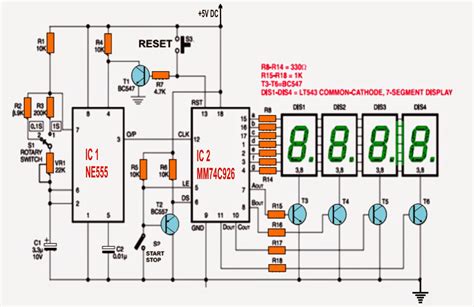
ALL ABOUT FLEX PCB
-
 Read more: Alarm Clock Circuit: The Design and Working Principle
Read more: Alarm Clock Circuit: The Design and Working PrincipleIntroduction to Alarm Clock Circuits An alarm clock circuit is an electronic device designed to alert the user at a pre-set time. It consists of various components that work together to keep accurate time and trigger an alarm when the set time is reached. In this article, we will explore […]
-
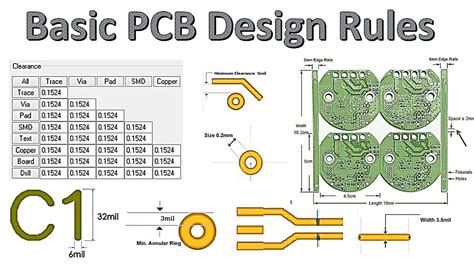 Read more: PCB Artwork- Design Guidelines Every PCB Manufacturer Need To Now
Read more: PCB Artwork- Design Guidelines Every PCB Manufacturer Need To NowIntroduction to PCB Artwork Design Guidelines PCB (printed circuit board) artwork design is a critical step in the PCB manufacturing process. The artwork, also known as the PCB layout, defines the physical arrangement of components, traces, and other features on the board. Proper PCB artwork design is essential for ensuring […]
-
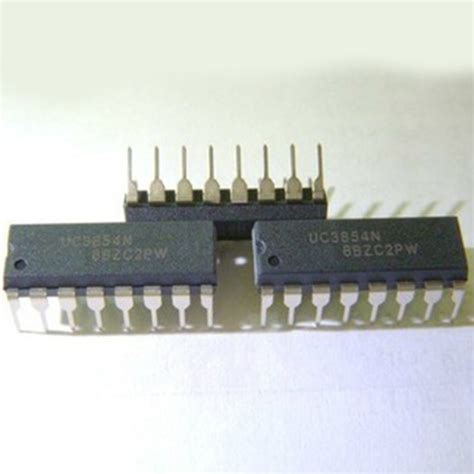 Read more: Uc3843s: Pin Configuration, Features, and Applications
Read more: Uc3843s: Pin Configuration, Features, and ApplicationsIntroduction to the UC3843S The UC3843S is a popular fixed-frequency current-mode PWM controller integrated circuit (IC) used in power supply applications. Manufactured by Texas Instruments and other semiconductor companies, the UC3843S provides essential features for designing efficient and reliable switched-mode power supplies (SMPS). This article will explore the pin configuration, […]
-
5 Tips and Tricks for Drill Bit
Posted by
–
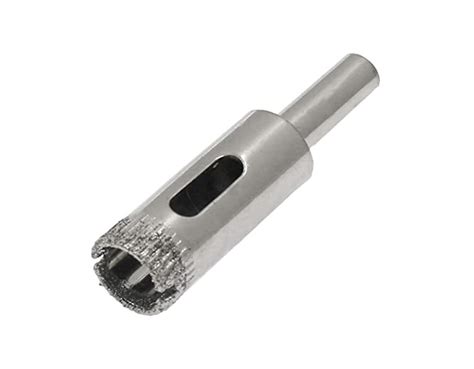 Read more: 5 Tips and Tricks for Drill Bit
Read more: 5 Tips and Tricks for Drill BitTip 1: Choose the Right Drill Bit for the Job One of the most crucial aspects of successful drilling is selecting the appropriate drill bit for the material you’re working with. Using the wrong type of drill bit can lead to poor results, damaged materials, and even broken bits. Here’s […]
-
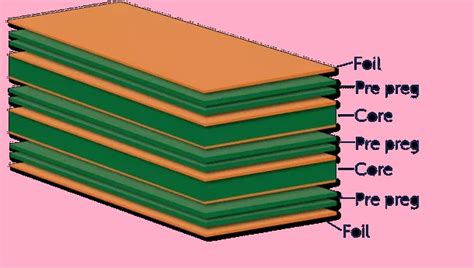 Read more: Fr1 PCB–8 Differences in FR1, FR2, FR3 and FR4 Materials
Read more: Fr1 PCB–8 Differences in FR1, FR2, FR3 and FR4 MaterialsWhat are FR1, FR2, FR3, and FR4? FR stands for “Flame Retardant,” and the numbers following it (1, 2, 3, and 4) indicate the specific grade or type of material. These materials are classified based on their composition, performance characteristics, and adherence to industry standards. FR1 FR1 is a paper-based […]
-
A Must Read: PCB Material Guide
Posted by
–
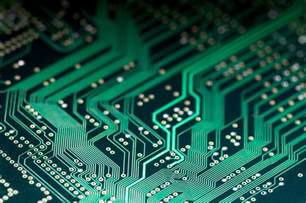 Read more: A Must Read: PCB Material Guide
Read more: A Must Read: PCB Material GuideIntroduction to PCB Materials Printed Circuit Boards (PCBs) are the backbone of modern electronics. They provide the foundation for mounting and connecting electronic components to create functional devices. The choice of PCB material is crucial as it affects the performance, reliability, and cost of the final product. In this comprehensive […]
-
Decoupling Capacitor Value: Determining the Circuit Capacitance for Signal Stabilization
Posted by
–
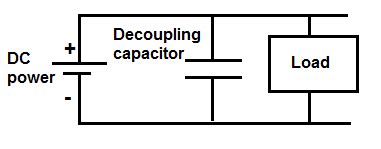 Read more: Decoupling Capacitor Value: Determining the Circuit Capacitance for Signal Stabilization
Read more: Decoupling Capacitor Value: Determining the Circuit Capacitance for Signal StabilizationUnderstanding the Role of Decoupling Capacitors Before we dive into the specifics of determining the Decoupling Capacitor Value, let’s first understand the fundamental role of these components in electronic circuits. Power Supply Noise Reduction One of the primary functions of decoupling capacitors is to reduce power supply noise. When ICs […]
-
 Read more: PCB layout guidelines to optimize power supply performance
Read more: PCB layout guidelines to optimize power supply performanceUnderstanding Power Supply Noise and Its Impact Power supply noise can have a significant impact on the performance and reliability of electronic systems. Noise can manifest in various forms, such as ripple, spikes, and ground bounce, which can lead to signal integrity issues, reduced efficiency, and even component failure. Types […]
-
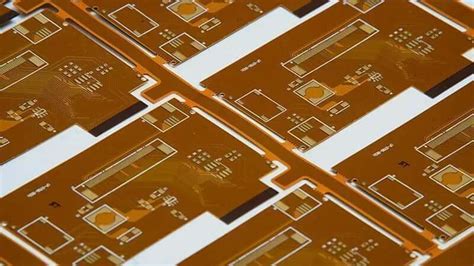 Read more: Flexible PCBs – How to Choose the Right Material For Your Needs
Read more: Flexible PCBs – How to Choose the Right Material For Your NeedsUnderstanding Flexible PCB Materials Flexible PCBs are typically made from a combination of a flexible polymer substrate and conductive traces. The most common materials used for the substrate include: Polyimide (PI) Polyester (PET) Flexible Copper Clad Laminate (FCCL) Liquid Crystal Polymer (LCP) Each material has its own unique properties, advantages, […]
-
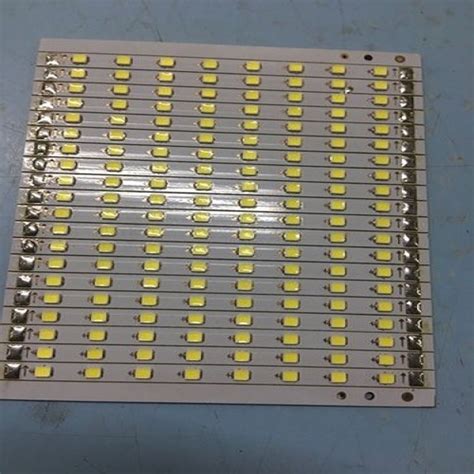 Read more: 7 Ways To Prevent The Case of Failing Custom LED PCB Assembly
Read more: 7 Ways To Prevent The Case of Failing Custom LED PCB AssemblyIntroduction Custom LED PCB Assembly is a complex process that requires careful planning, attention to detail, and adherence to best practices to ensure success. Failing to properly execute any step in the assembly process can lead to costly delays, defects, and even complete failure of the final product. In this […]




